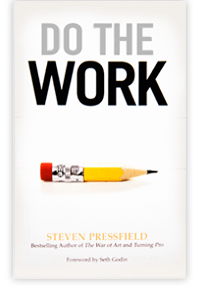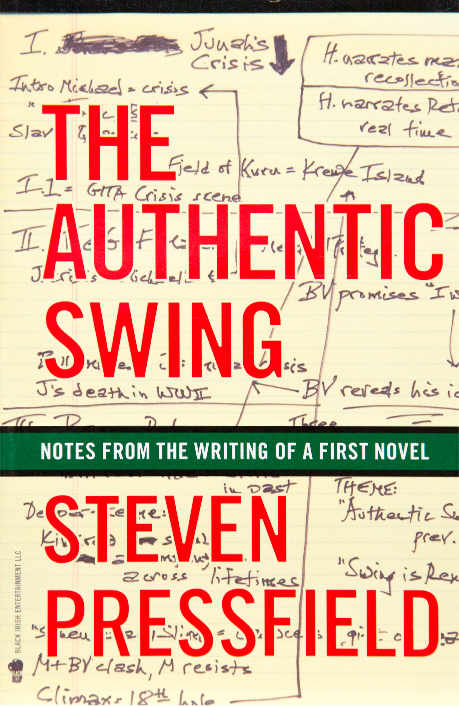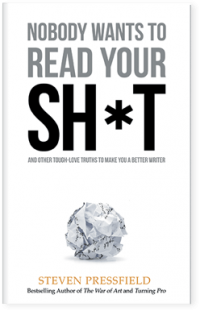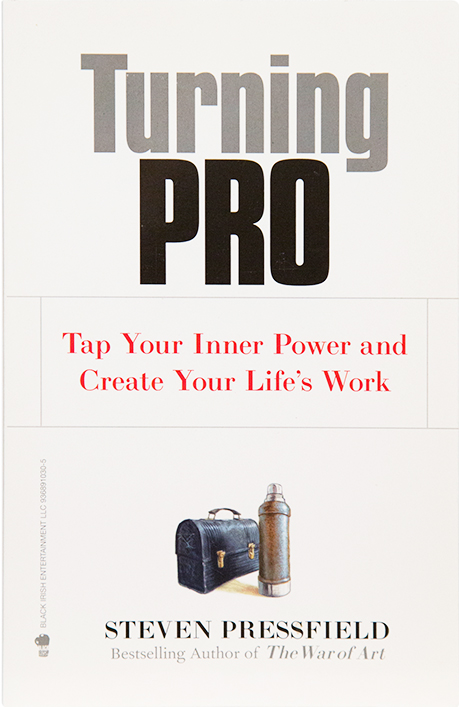Killer Scenes

Paul Schrader is the much-honored director and screenwriter (Taxi Driver, Raging Bull, many others) and, for me, a major role model for many years. Here’s what he said in an interview once on the subject of pitching a film idea:

"You talkin' to me?" Robert DeNiro in Taxi Driver.
Have a strong early scene, preferably the opening, a clear but simple spine to the story, one or two killer scenes, and a clear sense of the evolution of the main character or central relationship. And an ending. Any more gets in the way.
I’ve stolen this system lock, stock, and barrel. It’s exactly how I pitch. One of the secret weapons here is “killer scenes.” Why? Because a killer scene gives the writer a chance to get on his feet in a meeting and act out a part of the movie he’s seeing in his head. Moments like this, when they work, can be dynamite. The writer gets to show off his passion and enthusiasm. Often this is more important that content or reason or even dollars and cents. Think of Taxi Driver. Can you imagine Paul Schrader in a meeting, acting out the “You talkin’ to me?” scene that Robert DeNiro later made immortal?
Another critical aspect of Schrader’s pitching philosophy is keeping it brief. “Any more gets in the way.” It’s a terrible mistake to over-pitch. Attention spans are short. You want to get in, fire your broadside, and get out. But you can’t make it too short or your audience won’t get it, they won’t see the movie (or book) that’s in your head.
Schrader’s method, to me, is just right weight-wise and length-wise.
It’s also an invaluable conceptual tool for you and me as writers, even if we have no intention of pitching our stuff to anybody. Schrader’s principles are like the Foolscap Method, or the Clothesline Method, or the David Lean Rule. They’re a way for you and me to get a bead on our story, particularly when we’re still wrestling with it in the early stages, just for ourselves. Schrader’s principles help us answer these critical questions:
1. Is my story interesting?
2. Is it dramatic? Does it have horsepower? Will it hook the reader?
3. Is it actually about something?
4. Does it progress from A to Z?
5. Does it pay off in the climax?
In the Foolscap Method, we ask ourselves of our story:
What’s the genre? What’s the theme? What’s the narrative device? What’s Act One, Act Two, Act Three? What’s the climax?
The point is to give ourselves a view of the story in total, from start to finish. Why do we need this? Because of Resistance. Because Resistance will tempt us to plunge in to our tale in a half-assed manner, before we know where we’re going and before we’re sure what we’re trying to accomplish.
Applying Paul Schrader’s principles is one way to beat this trap. Like the Foolscap Method, it makes us pare down our story to its essentials. (“Any more gets in the way.”) But, even more important, it makes sure that we have all the essentials, that we’ve left nothing out.
Think about it. If we’ve got, as Paul Schrader suggests, an opening and an ending (in other words, Act One and Act Three); if we have a clear idea of the spine of the story and the evolution of the main character or central relationship (in other words, Theme and Act Two); and if we’ve got a couple of killer scenes along the way (i.e., our story is about something) … wow, all that’s left is filling in the blanks.
I love the idea of “killer scenes.”
Chinatown: “She’s my sister! She’s my daughter!”
The Godfather: Michael kills Sollozzo and the police captain in Louis’ restaurant in the Bronx.
When Harry Met Sally: “I’ll have what she’s having.”
Killer scenes are critical in a pitch meeting (or just in our own heads as writers) because they bring the story to life. The prospective financier (or you and I in our own minds) can say, “Yeah, I see this movie. It’s got real ass-kicking moments. It’s gonna be great!”
Killer scenes give us confidence as writers. They fortify us against Resistance. Knowing we’ve got two or three killer scenes reassures us that our story is cooking, that it’s about something, that’s it’s not bloodless or intellectual. And they’re fun. Readers love ’em, actors love ’em, audiences love ’em.
If you don’t believe me, I have only one question for you. “You talkin’ to me? Huh? You talkin’ to me?”




If you “get it” then it doesn’t need to be longer. For the reader, short great reads really stick out, are learned, and are memorable.
Great stuff. “Killer Scenes” reminds me of the Howard Hawks quote about “Three good scenes and no bad ones.”
Killer Post! Thank you, really helps.
Simple is effective, and many times simple takes a good amount of work. But mostly, simple just takes some clear thinking. Thanks Steve for reminding us to keep it simple
“Any more gets in the way” – I love it. Thanks for a great post!
Oops, you guys … sorry, this became “Writing Tuesdays.” Here’s how: a friend sent me a yearly calendar last year and it was English. I don’t know if all English calendars are like this, but the one my friend sent had the weeks starting on Monday at the left hand side of the page, not Sunday like our Yankee weeks. I got used to it. Then I went back to the U.S. calendar for 2015. I guess I’m still looking at the weeks like a Brit.
And that’s why I posted “Killer Scenes” a day early. Sorry for the confusion!
It’s always a pleasure to read your posts Steve, but you did give me a momentary lapse of “OMG, if this is Wednesday, I’m in the wrong place.”
I can’t tell you how disappointed I am to read this a day early. (Not.)
Unlike Mary, I never know what day it is, so to me, “Writing Wednesdays” is just a title, not a calendar tip.
An more on topic: using more and more movie tools is helping me visualize book parts better.
Hahaha, I saw this in my email and thought I had completely lost a day without knowing it. I guess this means I still have to go to the dentist tomorrow.
No need to apologize. It’s an early treat!
Some writers talk about building the whole novel around a killer scene. (I think Henry James has an essay on this. Of course, he didn’t call them “killer scenes.”) J.K. Rowling said that Harry Potter came to her and essentially said, write my story.
Thanks for the insights and inspirations.
I’m wondering if any would have noticed if you hadn’t told us. And try not using those English calendars again.
I just posted on my blog a big thank you to Steve, who got me to conquer – for the time being – “Resistance” and create my book, which is now available on Kindle.
You can view my post here:
http://thespearofodin.blogspot.com/2015/01/thanks-to-steven-pressfield-id-like-to.html
Thanks Steve!
I like Ronald Moore’s description of how he and David Eick pitched Battlestar Galactica to the network executives:
“At its heart was this very dark idea, this very dark premise. That in the opening moments, an entire civilization is lost, that your heroes are essentially the survivors who run away into the night and are pursued relentlessly by their enemies. And they just have this hope of finding a place called Earth.”
Here’s the video where Moore and Eick are at the Paley Center, talking about how they pitched the series and how they tried to differentiate the series from Star Trek, Star Wars and anything that had been before in science fiction:
http://youtu.be/dJqF7wTSPyA
That opening scene of destruction on an almost incomprehensible scale is as compelling as anything I’ve seen on TV, and it works because it’s intercut with reactions from the tiny handful of survivors, giving the violence context and a human element.
For added context, this was pitched in early 2002 while the country was still reeling from 9/11, and the premise spawned a million ideas that were extremely relevant in real life: What happens to civil rights when humanity’s very existence is threatened? If there are literally only 39,000 remaining human souls in the entire universe, can you continue to allow abortion? When the enemy looks exactly like you, how can you be sure you’re ever safe? Does our civilization deserve to survive?
If anyone is interested, I’d also recommend reading the “series bible” that Moore and Eick drafted. It’s a clinic in pro world-building:
http://c.ymcdn.com/sites/www.harvardwood.org/resource/resmgr/hwp-pdfs/battlestar_galactica_series.pdf
Good morning Steven!
I’m writing my first book and I just wanted to say thank you for your valuable tips by sharing “Writing Wednesdays.”
After reading this last article it occurred to me that my favorite movies have these GREAT punch-lines.
While I’m not writing a play . . . that was a great tip!
Thank you.
Very much on a learning curve as a new writer, and I appreciate all you are sharing. I’ve read a number of posts now and have taken copious notes. Thank you.
Thank you Steven – excellent, very helpful and of course brilliantly written.